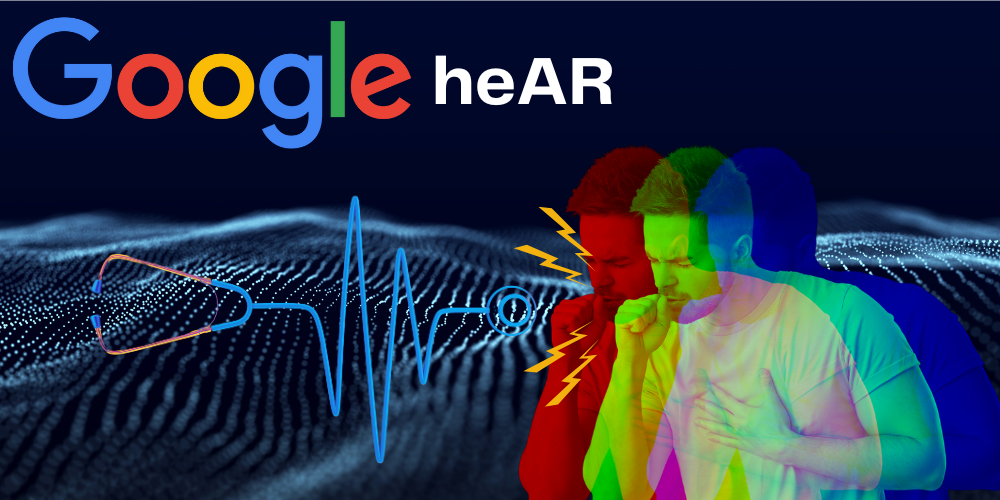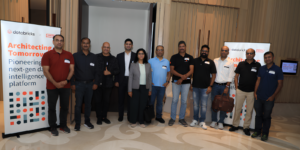Google has once again pushed the boundaries of artificial intelligence (AI) with its latest innovation, the Health Acoustic Representations (HeAR) model, which has the potential to transform how diseases are detected, particularly through the analysis of cough sounds. This innovative technology could lead to earlier and more accurate diagnoses of conditions like tuberculosis (TB) and chronic obstructive pulmonary disease (COPD).
The Power of Sound in Health Diagnostics
Sound has long been an overlooked aspect of medical diagnostics. However, with the advent of advanced AI technologies, researchers are beginning to tap into the rich data embedded in bioacoustic signals, such as coughs, breathing patterns, and even speech. Google’s HeAR model is at the forefront of this movement, leveraging vast datasets to uncover subtle patterns in sound that correlate with specific health conditions.
The HeAR model was trained on an extensive dataset comprising 300 million audio clips, including 100 million cough sounds, allowing it to discern intricate details that may not be evident to the human ear. By analysing these sounds, HeAR can detect early signs of respiratory diseases, providing a non-invasive, cost-effective tool for health screening.
How HeAR Works
The HeAR model functions by analysing the acoustic features of coughs. These features include the frequency, duration, and intensity of the sound, among others. By comparing these parameters with those in its vast dataset, HeAR can identify patterns that are indicative of particular diseases.
For instance, tuberculosis, a disease that remains a significant health challenge in many parts of the world, often goes undiagnosed due to the lack of accessible diagnostic tools. HeAR’s ability to detect TB from a simple cough could revolutionise the way this disease is managed, especially in low-resource settings. The model’s effectiveness lies in its ability to generalise across different devices and environments, making it a versatile tool for widespread use.
Real-World Applications and Collaborations
Google is not working in isolation with this technology. They have partnered with organisations such as the Stop TB Partnership and Salcit Technologies, an India-based respiratory healthcare company. Salcit Technologies has already integrated HeAR into their AI-powered tool, Swaasa, which assesses lung health through cough analysis. This collaboration aims to enhance the early detection of TB, offering a potentially life-saving tool for communities where traditional diagnostic methods are either unavailable or too costly.
Moreover, Google’s commitment to making this technology widely accessible is evident in its partnerships with global health organisations. These collaborations are essential for ensuring that HeAR reaches those who need it most, particularly in regions with high incidences of TB and other respiratory conditions.
The Future of AI in Healthcare
The introduction of HeAR marks a significant step forward in the integration of AI into healthcare. By using everyday devices like smartphones, this technology has the potential to bring sophisticated diagnostic tools into the hands of individuals, regardless of their location or access to traditional healthcare services.
As AI continues to evolve, the possibilities for its application in health diagnostics are vast. HeAR is just one example of how AI can be used to improve health outcomes by providing early and accurate detection of diseases. In the coming years, we can expect to see more innovations like HeAR, which will further bridge the gap between technology and healthcare, making quality medical care more accessible to all.
This advancement is not just a technological breakthrough; it represents a shift towards a future where AI and machine learning are integral parts of everyday healthcare, offering hope for better health outcomes globally.





![Read more about the article [Funding alert] We Founder Circle invests $150K in CouchFashion’s seed round](https://blog.digitalsevaa.com/wp-content/uploads/2021/02/Imagewf2p-1607509774638-300x150.jpg)




